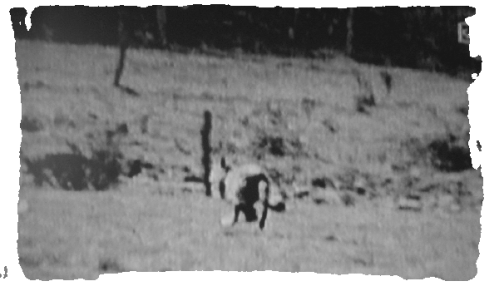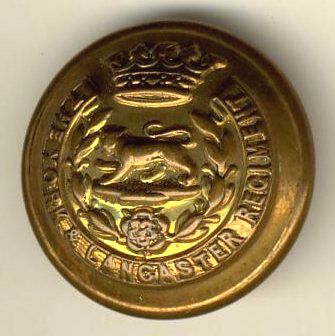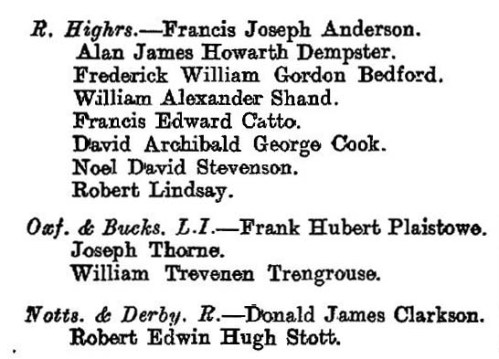This story is an extract from my old birdwatching diary “Crippling Views”.
These events all took place on Friday, October 28, 1988, which was the fourth day of my stay on the Isles of Scilly:
“A late lie-in this morning, with the Radde’s Warbler ticked off, and little else to get up for, certainly not at five o’clock in the morning:
I eagerly consume a splendid Scillonian breakfast made up of every conceivable Identified Frying Object, with the possible exception of haggis, although this could well be the single mysterious item which I cannot identify with absolute certainty. Then it’s a leisurely walk down to the Porthcressa Restaurant where the magic blackboard promises Melodious Warbler at the Garrison. With a bit of luck, I might see that, and then go over to St Agnes for the Short toed Lark. I walk up the horrendously steep slopes of the hill to the Garrison, and start looking…
Unsuccessful after a couple of hours, I return to Hugh Town, the Big City. I find that I have a once-in-a-lifetime opportunity facing me. It’s not a bird, but a flying creature just as rare as any of the birds which reach the Scillies. It’s a Locust. Only the fourth or fifth ever to be blown to these rocky isles. At the moment, it is being housed in an art gallery in a backstreet. I stroll over there and find that the insect is living happily in a vivarium on the counter. It is a truly splendid and beautiful creature, far better than any of the birds that I have seen on the Scillies, including the juvenile Rose-coloured Starling:
I could even imagine this magnificent insect being used as a powerful argument for the existence of God, particularly in mediaeval times. It is constructed so wonderfully skilfully that it becomes a classic example of the Celestial Watchmaker. It has one set of protective plates inside another, and then another beyond that. It looks like a knight in armour, but instead of being as dry as dust and rusty like something in an old stately home, this is a live being and it can move. It is a child’s clockwork toy that has the gift of life.
I am surprised by two things. Firstly, the creature’s colour, or rather colours, for it is at one and the same time, both yellow and pink and orange and sandy. I am shocked too by the size. I have never seen a Locust before, and it is absolutely huge. At least to a person like me who leaves the room when the zookeepers take the tarantula out of the glass case, or somebody who thinks that ladybirds are fierce.
The gentleman in the shop tells me that the creature was found on the local beach and was brought to his gallery so it could be drawn and photographed. He quite clearly and obviously is very attached to his six legged guest and seems to be well on the way to regarding it as his very own pet, or at the very least as an attraction to his gallery. Apparently, the British Museum have already contacted him and told him that he must kill it immediately, put it in a cardboard box, and send it to them in a parcel as a scientific specimen:
I am totally appalled and disgusted by this news. I cannot find the words to capture my feelings. It seems somehow so repulsive to kill this beautiful innocent creature which has had to fight so hard for life. It has crossed the Atlantic in all probability, or has perhaps arrived here all the way from West Africa. Now it’s happily munching English grass, but soon it is supposed to die at the whim of some cold hearted scientist who has taken upon himself the right to dole out life or death. It seems to be taking such an advantage of an insect’s lack of awareness and essentially innocent existence.
The gallery owner, I feel, would rather not kill the insect, but keep it. I do try to tell him that in all probability it belongs to him, and that the British Museum have no legal right whatsoever to tell him to do what he does not want to do, and still less to actually make him do it.
Strangely, it seems to be to no purpose. The gallery owner seems overawed by the demands of an organisation as apparently so powerful as the British Museum. And presumably, the locust will have to die. It is so sad that we should be given the chance to meet such an exotic and unusual member of God’s family, but should then lack the reasoning power to do anything more creative or imaginative than to kill it.
I would hope that I personally could do better than that, if put in the position of having to look after a stray innocent. At the very least though, I will remain the only person with a framed, but not autographed, picture of a locust above the fireplace…Even if it is only when my wife is out of the house.
Years and years later and I am sure that I read somewhere that the poor unfortunate locust was not killed for the British Museum, but instead was allowed by its admiring owner to live out its life in its little vivarium on the counter of his gallery. Unfortunately, I have been unable to substantiate this, as I have long forgotten where I read the wonderful news. Locusts continue to reach the shores of our freezing wet little island, but only on very rare occasions. Certainly, there has been nothing like the situation in 1869 when whole swarms of Desert Locusts reached England, apparently from West Africa.
Cruel scientists still insist on killing creatures to prove what they are, and there was considerable outcry a few years ago, when a Californian ornithologist, I think it was, killed the first Arctic Redpoll ever to be found in that state. This, of course, is why Bigfoot keeps such a low profile for somebody who is nine or ten feet tall. He knows he exists, so why should he get himself killed just so that other people can?




























































